In today’s dynamic and often complex work environment, effective communication stands as a cornerstone of professional success. Whether it’s fostering a collaborative team atmosphere, navigating through conflict, or presenting ideas and strategies, the ability to communicate effectively is indispensable. Mastering the art of communication not only enhances your personal brand but also contributes to the overall productivity and morale of your organization. In this blog post, we delve into the strategies and practices that can help you hone your communication skills in the workplace.
Understand the Basics of Communication
The first step towards mastering workplace communication is understanding its basics. Communication is more than just the exchange of information; it involves listening, understanding the context, and responding appropriately. It’s a two-way street that requires both parties to be actively engaged. Ensuring clarity, maintaining eye contact, and using positive body language are fundamental practices that can significantly improve the quality of your interactions.
Develop Active Listening Skills
Active listening is a critical component of effective communication. It involves fully concentrating, understanding, responding, and then remembering what is being said. By practicing active listening, you demonstrate respect and show that you value the speaker’s perspective. This not only helps in building rapport but also enables you to grasp and address the underlying issues more effectively.
Tailor Your Message for Your Audience
A key aspect of effective communication is the ability to tailor your message to your audience. This involves understanding their needs, expectations, and the level of knowledge they possess about the subject at hand. By adjusting your language, tone, and delivery method, you can ensure that your message is received and understood as intended. This is particularly important in a diverse workplace where cultural sensitivities and varying levels of expertise must be considered.
Master the Art of Non-Verbal Communication
Non-verbal communication, such as body language, gestures, and facial expressions, plays a significant role in how your message is perceived. Positive body language can reinforce your message and help build trust, while negative body language can create barriers and lead to misunderstandings. Being aware of your non-verbal cues and ensuring they align with your verbal messages is crucial for effective communication.
Handle Conflicts with Diplomacy and Tact
Conflicts are inevitable in any workplace, but how they are handled can make a significant difference. Effective communication skills are essential for navigating and resolving conflicts diplomatically. This involves being open to other perspectives, practicing empathy, and seeking a common ground. By addressing conflicts constructively, you can turn challenges into opportunities for growth and improvement.
Embrace Feedback
Feedback, both giving and receiving, is an integral part of effective workplace communication. Constructive feedback can help individuals and teams to grow and improve, while also fostering a culture of openness and continuous improvement. When giving feedback, be specific, focus on the behavior rather than the person, and offer suggestions for improvement. When receiving feedback, listen with an open mind, ask for clarification if needed, and use it as an opportunity for personal and professional development.
Continuous Improvement
Finally, mastering the art of communication is an ongoing process. The workplace is constantly evolving, and so are the ways in which we communicate. Stay open to learning and adapting your communication strategies as needed. Seek opportunities for professional development, whether through workshops, courses, or mentorship. By continuously refining your communication skills, you can enhance your effectiveness as a professional and contribute more significantly to your workplace.
Effective communication in the workplace is about much more than just exchanging information. It’s about building relationships, fostering trust, and facilitating clear and constructive dialogue. By mastering the art of communication, you can navigate the complexities of the workplace more effectively, enhance your professional relationships, and contribute to a more positive and productive work environment.
